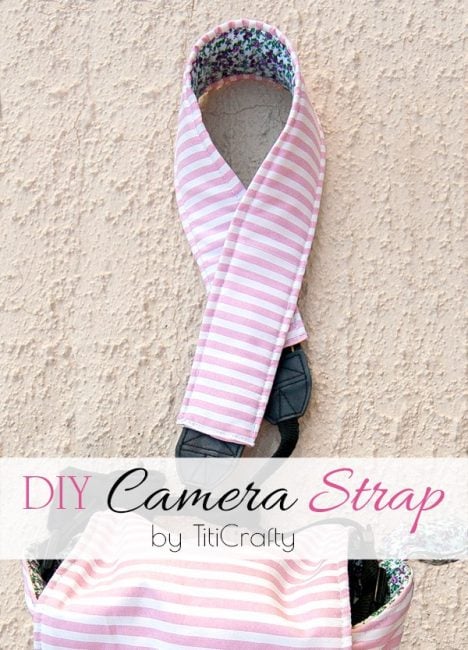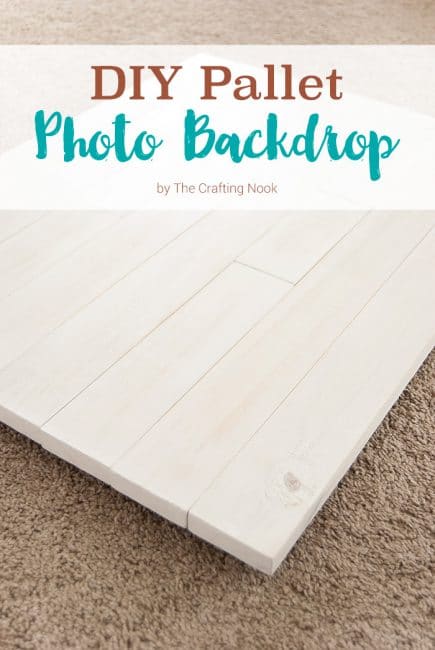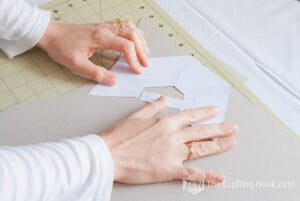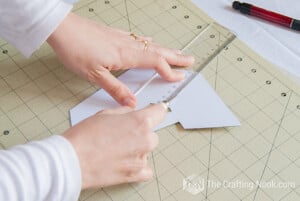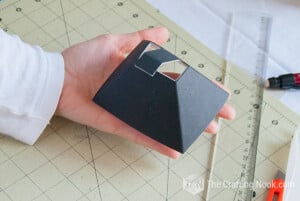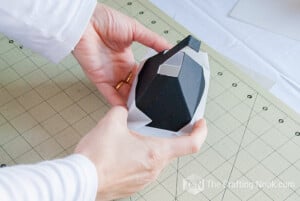DIY Flash Diffuser for DSLR Built-in Pop-up Flashes
Objects can appear too bright or blown out in images when a flash is used in an indoor setting. A DIY flash diffuser can be used to soften the lighting and take more professional photos.
Learn how to create your own DIY flash diffuser for your DSLR camera’s built-in flash! This simple and cost-effective project will help you achieve professional-quality photos by softening harsh lighting and eliminating heavy shadows. Perfect for photography enthusiasts, Creative bloggers and even food bloggers looking to improve their indoor shots without breaking the bank.

Table of Contents
Making a Flash Diffuser for Built-in Pup-up Flashes at Home
In this easy tutorial, I will show how to create a DSLR camera flash diffuser for your built-in pop-up flash. It’s easy and inexpensive because you probably already have the supplies at home and if not, they are very inexpensive!
This post may contain affiliate links. Please read our Disclosure Policy.
Oftentimes happens that accessories for external camera flashes have both options: for purchase and homemade but for the built-in flashes there aren’t so many.
I’ve also noticed that many people besides me have been looking for ways to solve the problem of direct flash light blowing up and damaging our photos. And let’s face it we can’t always use only natural light (which is my #1 option)
One great way to solve the problem of the flash burst of light on the subject is by using a DIY diffuser. But as much as I looked, I couldn’t find exactly what I was looking for specifically for my DSLR built-in flash.
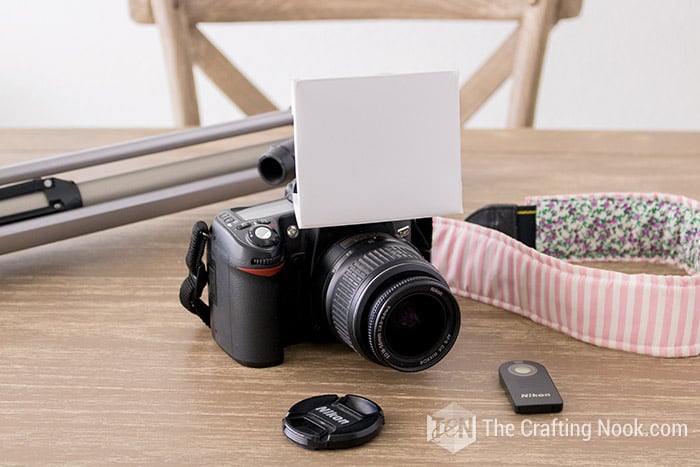
That’s why I decided to go ahead and create my own. Using as inspiration the external flashes options I saw, I created this Homemade flash diffuser that helps A LOT when taking photos with little light.
But, What is a flash diffuser for photography?
A flash diffuser is a simple light modifier, a semi-opaque tool that is designed to fit the upper part of a specific flash unit (usually external). It’s used to soften or spread the harsh, concentrated light that bursts out of the flash, creating a more even and flattering light on the subject. It also helps remove heavy shadows created by the harshness of the strong lighting.
How to make a Flash Diffuser for DSLR Cameras.
Here I’ll show you how I made a DIY flash diffuser for DSLR Cameras with built-in flashes. On the web there are other ways to solve this but I wanted one like a lampshade so I could concentrate the light and of course, diffuse it.
Flash Diffuser Supplies
- Grey cardboard with a thickness that fits into the flash slot
- White and black cardstock (or pattern if you like)
- White glue or mod podge
- Tracing paper.
- Adhesive tape (optionally)
Tools:
- Hot glue gun and glue sticks.
- Cutter
- Embossing tool (or a pen that no longer works, a bone folder, the back of a butter knife or the back edge of a scissor)
Instructions:
First I made the pattern for the flash diffuser. You can snag it here to print it and cut it.
Before we begin, be sure to follow us on Pinterest, Facebook, Instagram, and YouTube, and also sign up for our email list (at the end of this post), so you’ll never miss a post!
1. Place your pattern on the grey cardboard. This kind of cardboard is used by architects for the structure mockups BUT you can find it often on the back of paper blocks, cardstock blocks and some kind of boxes.
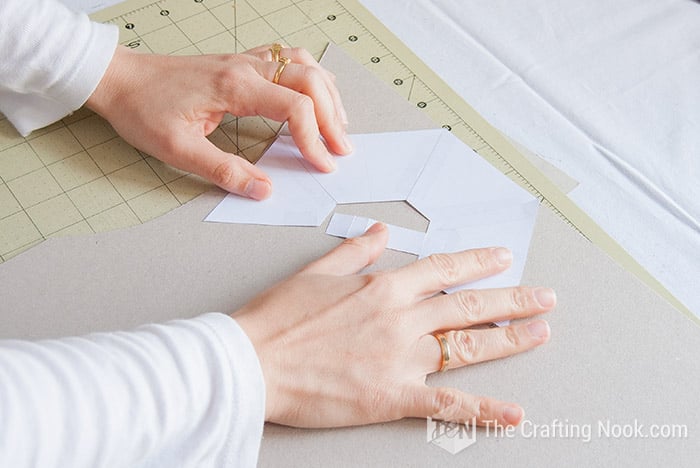
2. Transfer the pattern to the cardboard with a pen including folding marks.
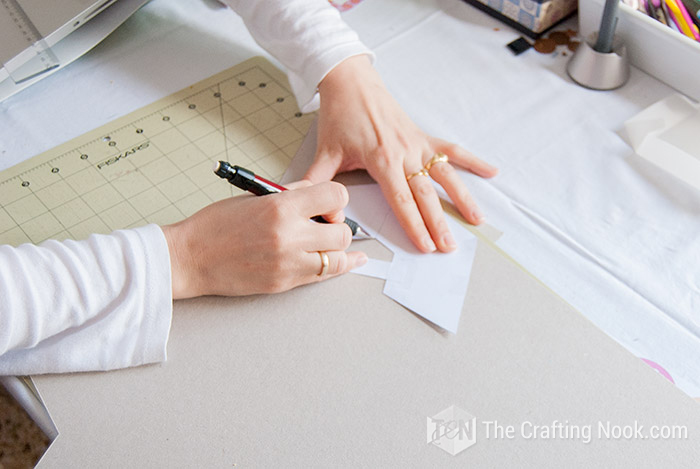
I cut the pattern helping myself with a ruler.
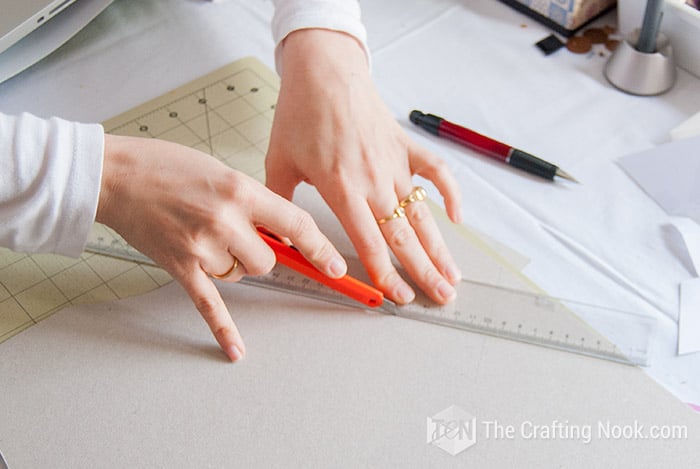
3. With an embossing tool, I embossed the folding lines so the cardboard would fold more easily. You can see what I mean in the video.
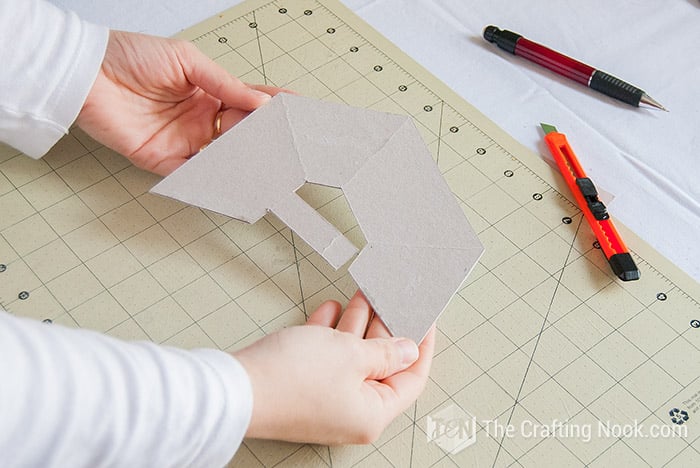
4. Once the whole shape was done and verified that it was fitting perfectly, I glued the white cardstock to the “inside” side of the diffuser.
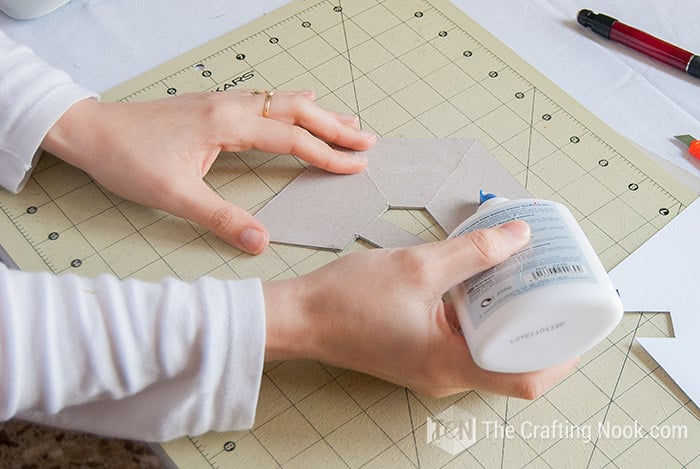
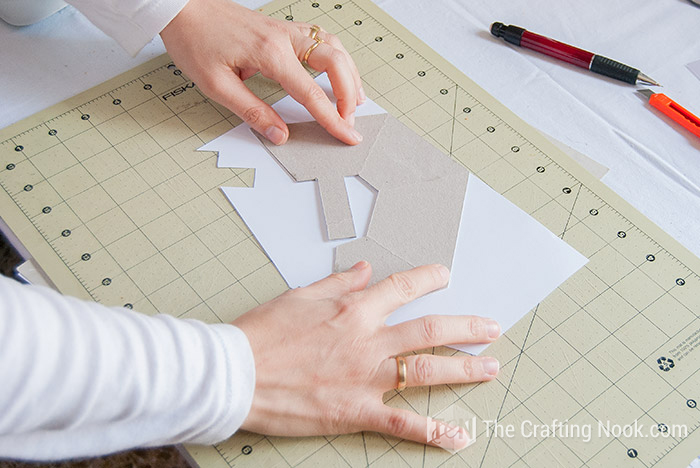
I made sure every edge was well glued and with the help of a ruler I made pressure all over the cardstock to avoid wrinkles.
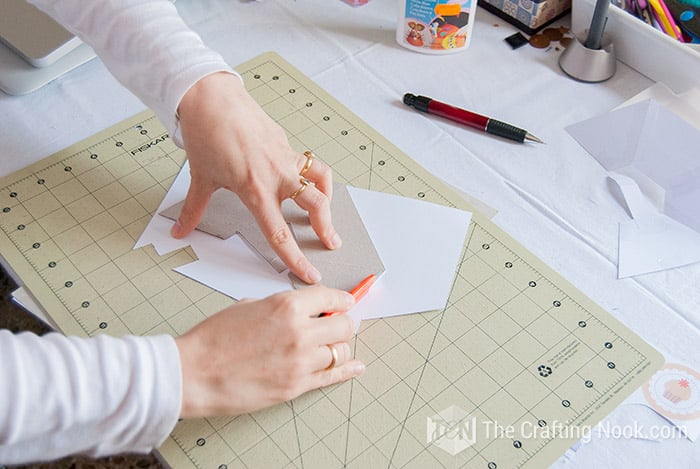
5. Again, with the embossing tool, I marked the folding lines. I let it dry.
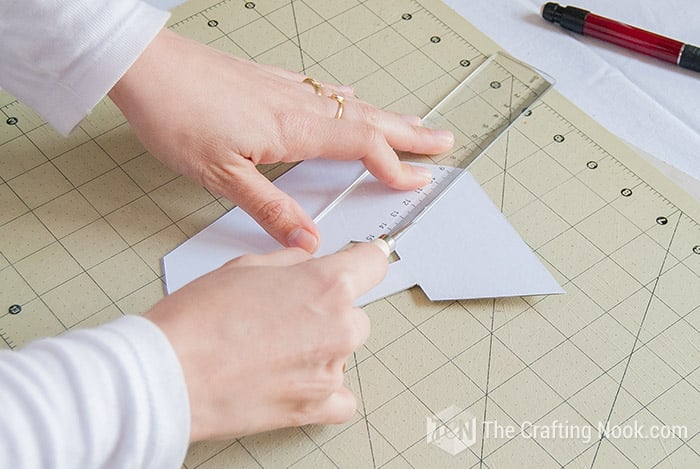
6. Then I cut all the remains of cardstock on the edges to make a fine finish.
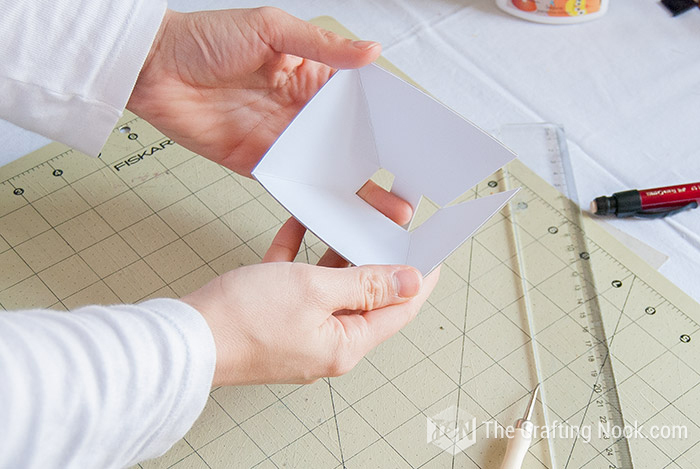
7. Repeat the same process for the outside cardstock. Back when I made it the first time I used black cardstock, nowadays I like to add some color and patterns!
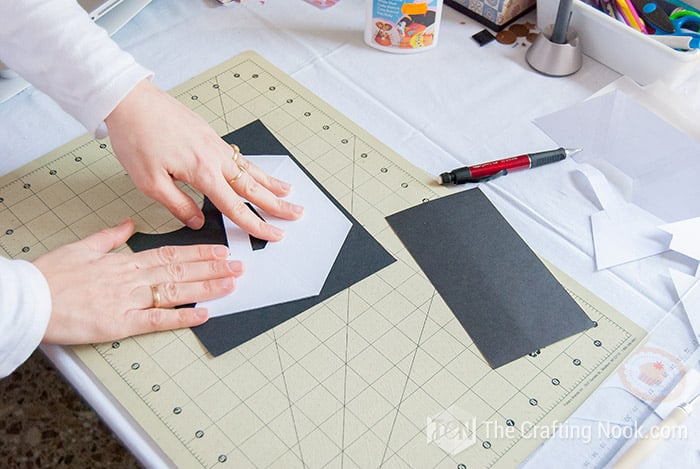
I’ve made this flash diffuser quite a few times over the years so please understand why the photos in the tutorial don’t match the tutorial nor the video. LOL
8. Once done, I glued both ends with hot glue and I reinforced it with a piece of black cardstock glued on the outside.
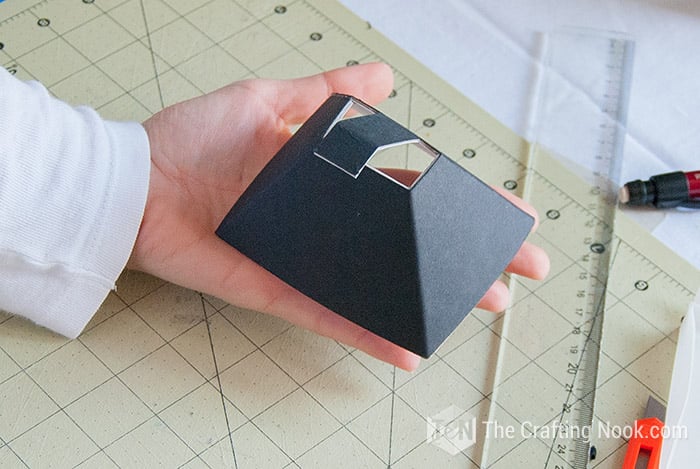
The next step is up to each person, to be honest.
9. I used a piece of tracing paper a bit bigger than the wider opening of the diffuser. That way I could hold it to the sides of the diffuser.
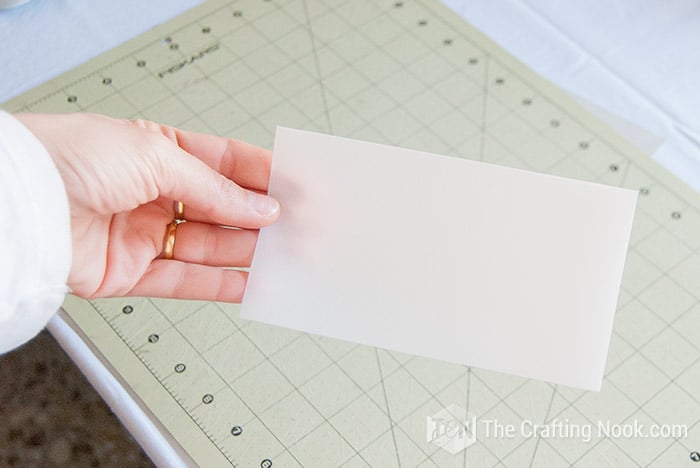
10. Secure the tracing paper in place with glue or adhesive tape.
I preferred holding it on the outside with adhesive tape because that way is not so permanent and I can play with different thickness of paper or even colors to bring effects to the photos.
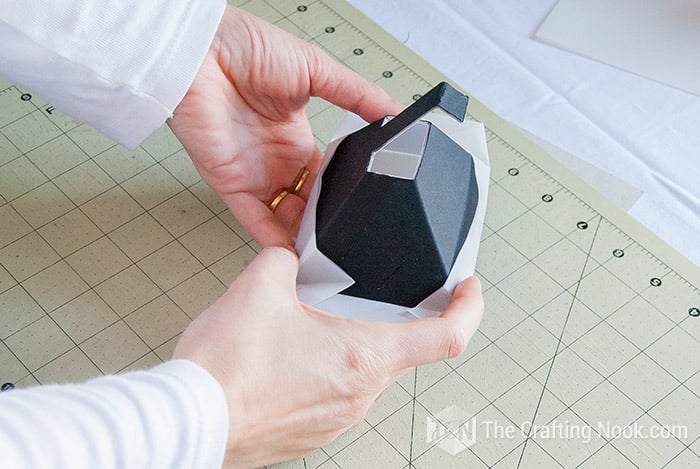
In this case, it’s not so pretty but it is functional which is what I want for this particular project.
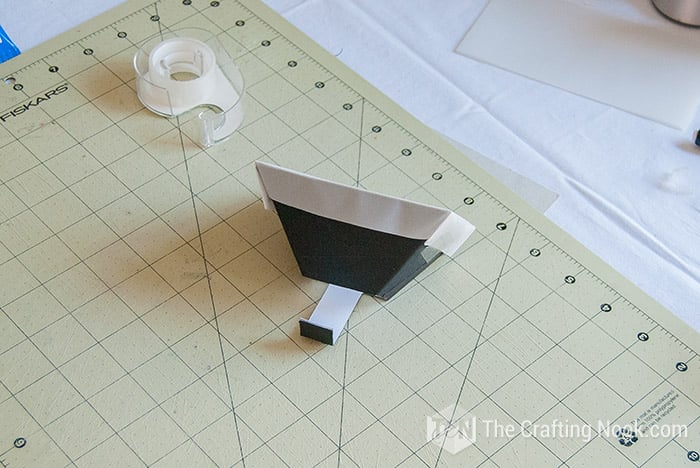
If you want you can just cut on the edge and glue it so it looks pretty!
That’s it!!!
There you go!
11. To use it, just insert flash through the small opening of the diffuser and insert the long piece in the external flash slot to hold it, and adjust as needed.
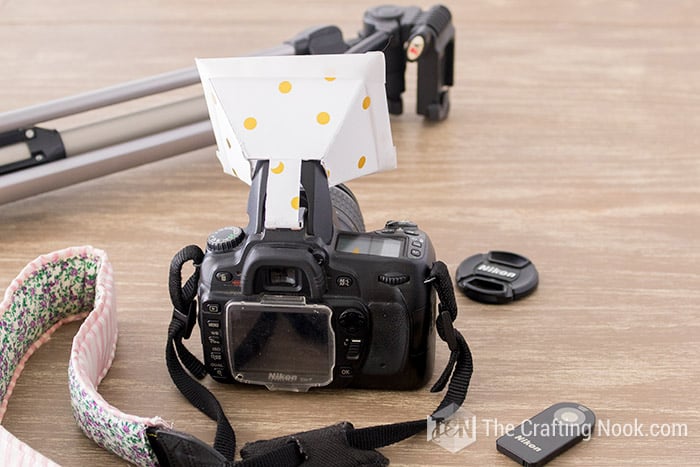

As you can see it’s not hard to make. Maybe it might take a few more minutes than other options out there but in my experience, the time I invested in this project was worth it a thousand times!
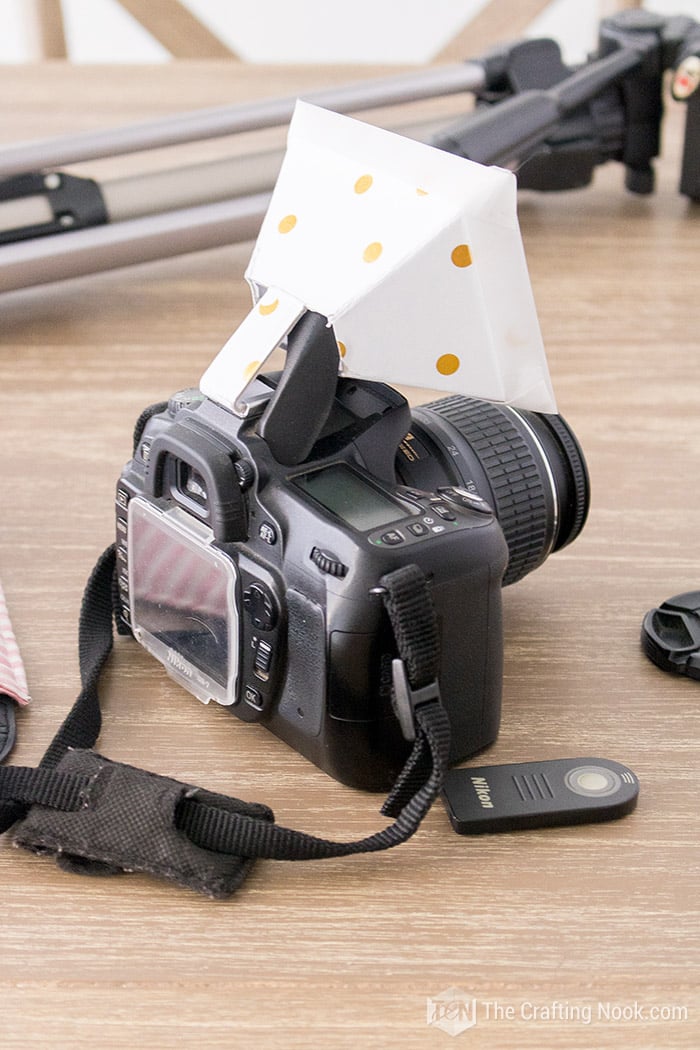
Here you can see a test I did with and without the flash diffuser. You can see what a huge difference that makes.
Photo Samples WITHOUT Diffuser:
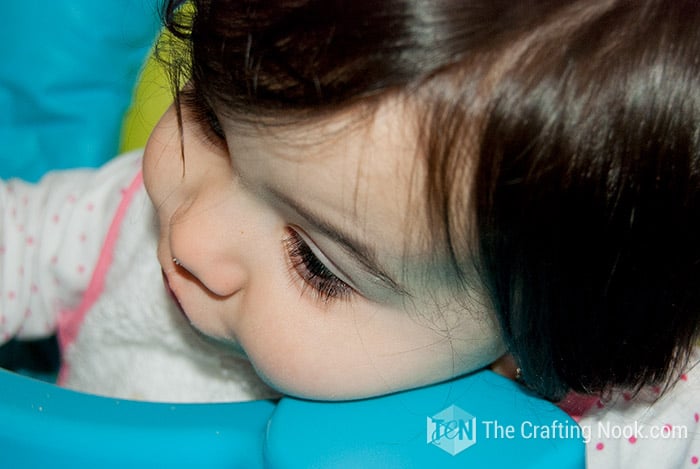
Photo Sample WITH Diffuser:
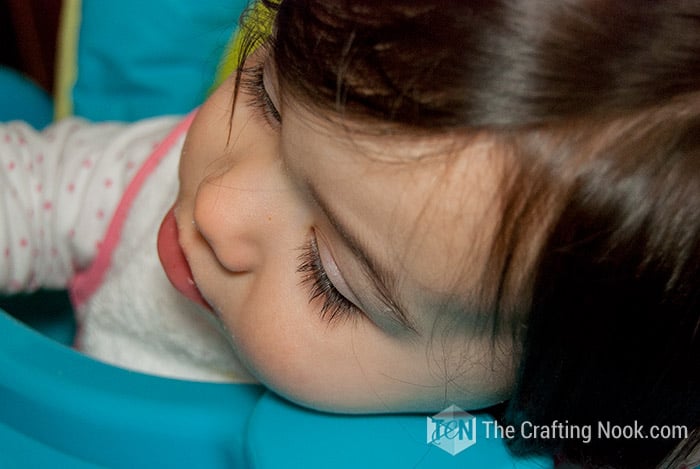
What do you think?
Doesn’t it make a huge difference?
I hate those super white boosts of light on faces or objects.

Crafting Tips
► Creating the Flash Diffuser:
- Use Double-Sided Tape for Initial Assembly: Before committing with glue, use double-sided tape to temporarily hold pieces together. This allows for easy adjustments and ensures a perfect fit before finalizing with glue.
- To ensure clean and easy folds, run a bone folder or a butter knife along the folding lines multiple times to make them crisp.
- Instead of permanently gluing the ends, use small pieces of Velcro to hold the diffuser together. This makes it easier to disassemble and store flat when not in use.
- Cover the tracing paper with transparent contact paper to make it more durable and resistant to tearing.
- Experiment with layering tracing paper and colored tissue paper for interesting lighting effects and hues.
► Using the Flash Diffuser:
- Experiment with angling the diffuser slightly upward or to the side to bounce the light off ceilings or walls for a softer, more natural look.
- Stack multiple diffuser papers with varying opacity to further control the light intensity and diffusion.
- Line the inside of the diffuser with aluminum foil or reflective tape to increase light efficiency while still diffusing it softly.
- Attach small pieces of colored cellophane or gels over the tracing paper to add creative color effects to your lighting.
- Different backgrounds can interact with the diffused light in various ways. Experiment with light and dark backgrounds to see how they affect the overall lighting of your subject.
- In very low light settings, the diffuser can still help by providing a softer, more even light without overwhelming the subject with harsh brightness.
Benefits of Using a Flash Diffuser
- Softens Harsh Light: A flash diffuser spreads out the light from the flash, creating a softer and more even illumination. This helps to avoid the harsh, concentrated light that can create unflattering, overly bright spots on your subject.
- Reduces Shadows: By diffusing the light, it helps to minimize strong shadows that are often cast by direct flash. This results in a more natural and balanced lighting in your photos.
- Improves Skin Tones: For portrait photography, diffused light is gentler on the skin, reducing the appearance of blemishes and imperfections. This helps in achieving more flattering and professional-looking portraits.
- Enhances Details: In macro and close-up photography, diffused light helps to reveal more details without the distractions of bright spots and heavy shadows. This is especially useful for capturing textures and fine details.
- Prevents Red-Eye: Direct flash can cause red-eye effect in subjects. A diffuser helps to reduce the intensity of the light hitting the eyes directly, thereby minimizing the risk of red-eye.
- More Natural Look: Diffused light mimics natural light better than direct flash, making indoor photos look more like they were taken with natural ambient lighting. This enhances the overall aesthetic and realism of the photos.
- Versatility in Various Settings: Whether you’re shooting indoors, at events, or capturing product photos, a diffuser helps to ensure consistent and high-quality lighting across different environments.
- Professional Quality: Using a diffuser helps achieve a level of lighting that is closer to what professional photographers strive for. This elevates the overall quality of your photos, making them look more polished and well-lit.
- Consistency: A diffuser provides a consistent lighting solution, which is crucial for maintaining a uniform look across a series of photos. This is particularly important for product photography and professional portfolios.
- Creative Control: With a diffuser, you have more control over the lighting conditions. This allows you to experiment with different lighting setups and achieve the desired effect without compromising on quality.
- Cost-Effective Solution: DIY diffusers, like the one described in this tutorial, offer a cost-effective way to improve your photography without the need for expensive external flash units or professional studio equipment.
- User-Friendly: Diffusers are easy to use and can be quickly attached or removed from the camera. This makes them a practical tool for photographers of all levels, from beginners to professionals.
Frequently Asked Questions
A flash diffuser is a simple light modifier, a semi-opaque tool that is designed to fit the upper part of a specific flash unit (usually external). It’s used to soften or spread the harsh, concentrated light that bursts out of the flash, creating a more even and flattering light on the subject. It also helps remove heavy shadows created by the harshness of the strong lighting.
The main purpose of a spread out the light that comes from a camera flash. Light diffusers make bright or harsh light softer, spreading it across a wider area and eliminating some of the unwanted glare caused by fluorescent flashlights. It kind of works as a softbox you could say.
This type of tool is especially useful for portraits. Photographers use it to minimize harsh shadows and bursts of light on the subject’s face.
I know there are super easy options you can find on Pinterest and on Google. BUT I didn’t want just something easy, I wanted something durable, functional and as professional as homemade can be.
This project took me about 30 to 40 min (considering I was filming and taking photos) so IMO it’s not a big deal and it lasts a couple of years depending on how much I use it. I’ve made about 3 or 4 in the last 2 years.
So, I’m not saying this is the perfect Flash diffuser but it has worked like a charm all these years and I haven’t spent much money or time on it, so in my book that’s a win-win.
More easy crafts for Photography to try
If you liked this easy DIY Flash Diffuser tutorial, you might love these other photography related projects:
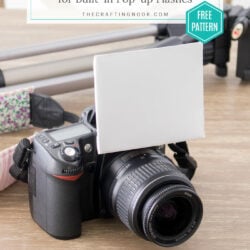
DIY Flash Diffuser for DSLR Built-in Pop-up Flashes Tutorial
Tools
- Embosing tool (or a pen that no longer works or the back edge of a scissor)
- cutter
- scissors
- Hot glue gun
Supplies
- Grey cardboard with a thickness that fits into the flash slot Like architect carboard
- White and black cardstock or pattern if you like
- White glue or mod podge
- Hot Glue stick
- Tracing paper.
- Adhesive tape optionally
Instructions
- Place your pattern on the grey cardboard. This kind of cardboard is used by architects for the structure mockups BUT you can find it often on the back of paper blocks, cardstock blocks and some kind of boxes.

- Transfer the pattern to the cardboard with a pen including folding marks.
- I cut the pattern helping myself with a ruler.
- With an embossing tool, I embossed the folding lines so the cardboard would fold more easily. You can see what I mean in the video

- Once the whole shape was done and verified that it was fitting perfectly I glued the white cardstock to the “inside” side of the diffuser.
- I made sure every edge was well glued and with the help of a ruler I made pressure all over the cardstock to avoid wrinkles.
- Again with the embossing tool, I marked the folding lines. I let it dry.
- Then I cut all the remains of cardstock on the edges to make a fine finish.
- Repeat the same process for the outside cardstock. Back when I made it the first time I used black cardstock, nowadays I like to add some color and patterns!

- I’ve made this flash diffuser quite a few times over the years so please understand why the photos in the tutorial don’t match the tutorial nor the video. LOL
- Once done, I glued both ends with hot glue and I reinforced it with a piece of black cardstock glued on the outside.
- The next step is up to each person, to be honest.
- I used a piece of tracing paper a bit bigger than the wider opening of the diffuser. That way I could hold it to the sides of the diffuser.

- I preferred holding it on the outside with adhesive tape because that way is not so permanent and I can play with different thickness of paper or even colors to bring effects to the photos.
- In this case, it’s not so pretty but it is functional which is what I want for this particular project.
- If you want you can just cut on the edge and glue it so it looks pretty!
- That's it!!!
- There you go!
- To use it, just insert flash through the small opening of the diffuser and insert the long piece in the external flash slot to hold it, and adjust as needed.

- As you can see it’s not hard to make. Maybe it might take a few more minutes than other options out there but in my experience, the time I invested in this project was worth it a thousand times!
Have you used or made any flash diffusers yourself? If so, share it with us in the comments!
A few photography tips I love from my favorite bloggers:
- Photography Setups and Equipment by Rachel over at Craving Some Creativity.
- DIY Photography Light Studio Set Up by Brittany over at Pretty Handy Girl
If you found this post useful, please don’t forget to share with friends and PIN for later!
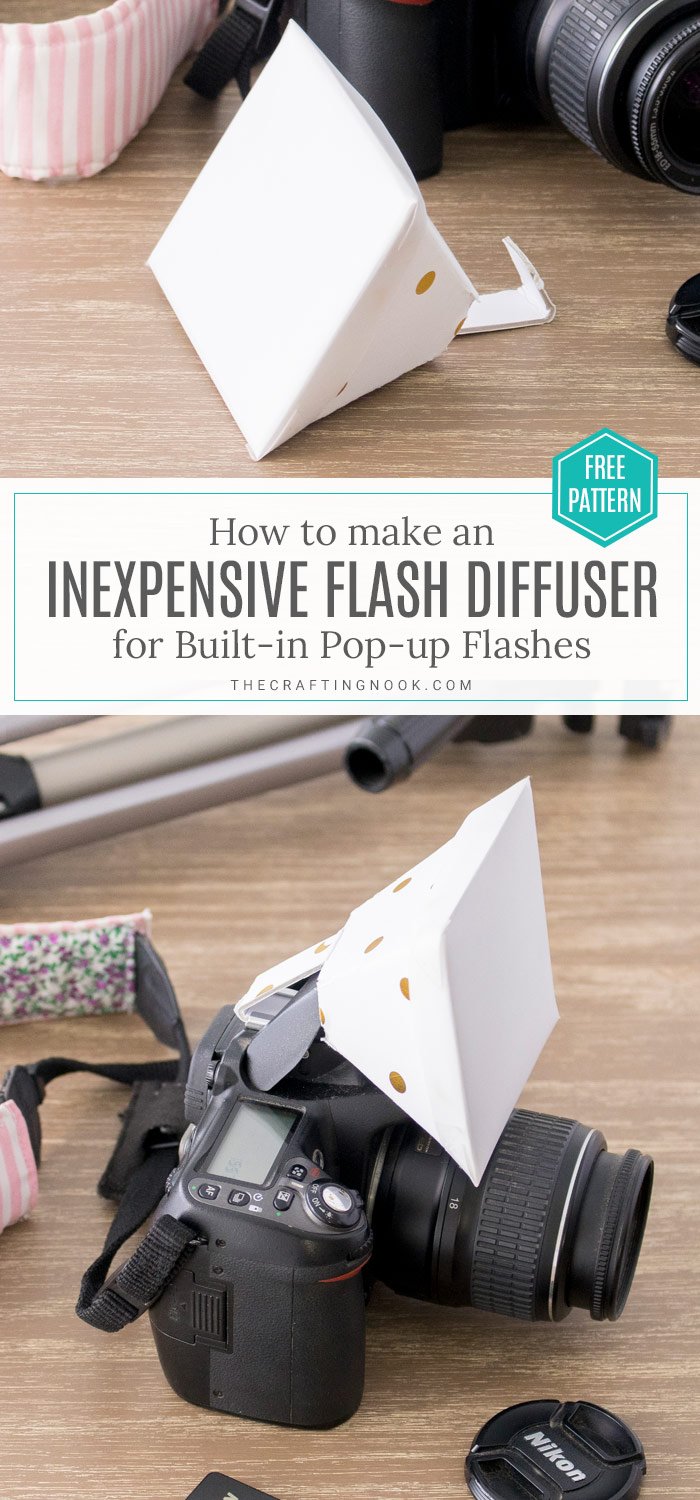
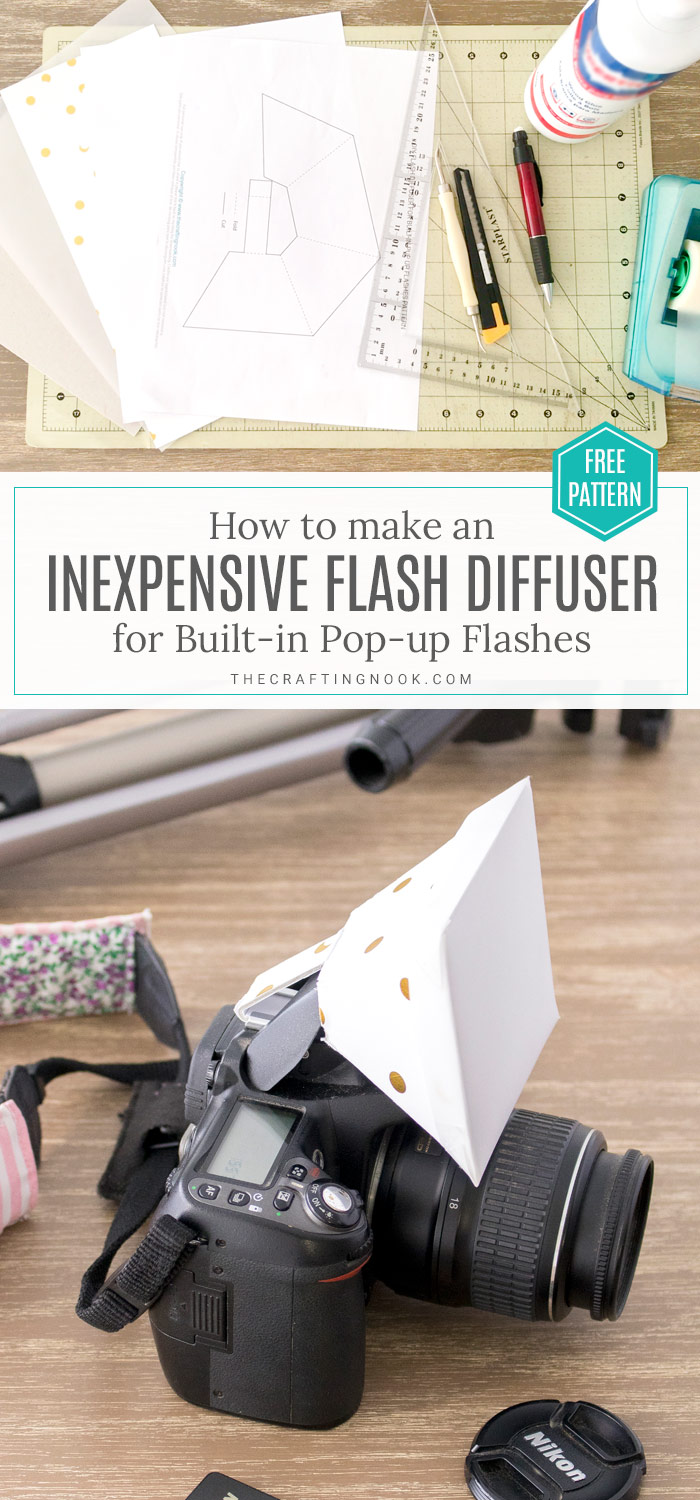
Til’ next time…

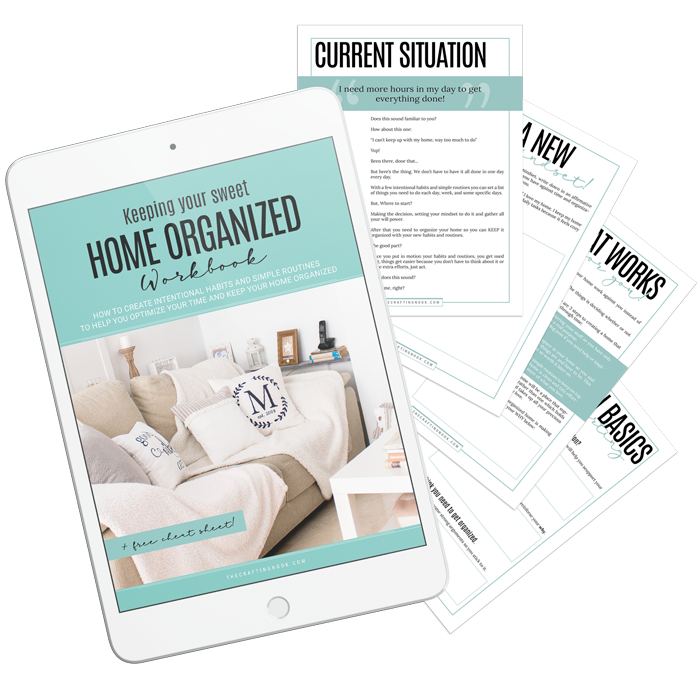
FREE WORKBOOK
Keeping your Sweet Home Organized
Learn how to create intentional habits and simple routines to Keep Your Home Organized. Plus freebies, printables, exclusive content, and tips.
Disclaimer: By clicking on the “Yes” button above you are giving me your consent to collect and use your information according to the law and My Policy Privacy. Zero Spam I promise!
